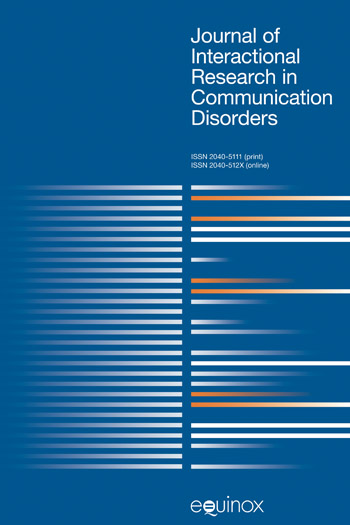Prosody in Practice
Non-segmental Phonetics in Typical and Atypical Speech
Joan Rahilly [+–]
Queen’s University Belfast
Notwithstanding a spurt in prosody-oriented work since the late 1980s compared to earlier periods, the persisting dominant narrative is that prosody remains the proverbial poor relation in phonetics. Such a narrative is no longer entirely reliable or sustainable, and it needs to be addressed and challenged. It is clear that researchers and practitioners have developed analytic and theoretical models which permit a helpful understanding of how prosodic forms are analysable and how they perform certain functional roles. However, the result of this focus on analysis and theory is that we now know a great deal more about those areas than we do about the overall communicative significance of prosody in typical and non-typical speech varieties. This volume, by contrast, offers a ‘big picture’ study, providing a cohesive and wide-ranging account of prosody and its functions.
Table of Contents
Chapter 1
Chapter 2
Chapter 3
Chapter 4
Chapter 5
Chapter 6







